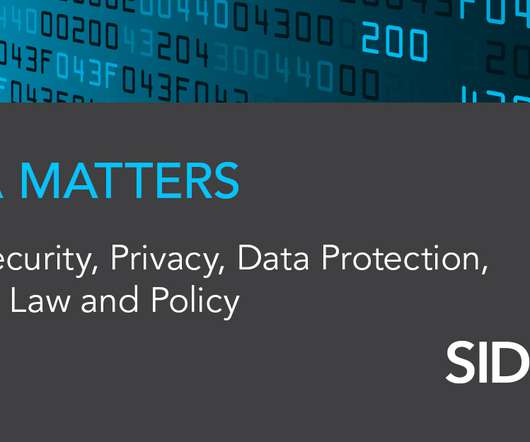Business process reengineering (BPR) examples
IBM Big Data Hub
APRIL 25, 2024
This transformation entails replacing manual, paper-based workflows with digital systems that use technologies like Robotic Process Automation (RPA) for routine tasks. Embracing new technologies helps organizations improve performance, cybersecurity and scalability and positioning themselves for long-term success.













Let's personalize your content